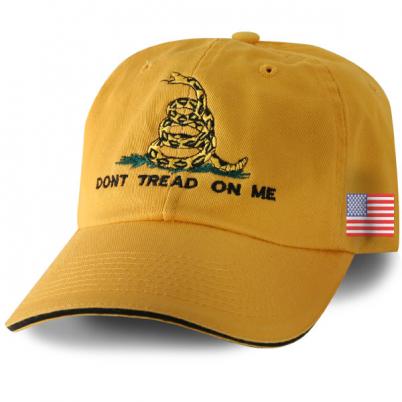Great site, and thanks for the Special Forces decals.
Happy Birthday U.S. Army
The U.S. Army was founded on 14 June 1775, when the Continental Congress authorized enlistment of riflemen to serve the United Colonies," for one year.
The 14 June date is when Congress adopted "the American continental army" after reaching a consensus position in The Committee of the Whole. This procedure and the desire for secrecy account for the sparseness of the official journal entries for the day. The record indicates only that Congress undertook to raise ten companies of riflemen, approved an enlistment form for them, and appointed a committee (including Washington and Schuyler) to draft rules and regulations for the government of the army. The delegates' correspondence, diaries, and subsequent actions make it clear that they really did much more. They also accepted responsibility for the existing New England troops and forces requested for the defense of the various points in New York. The former were believed to total 10,000 men; the latter, both New Yorkers and Connecticut men, another 5,000.
At least some members of Congress assumed from the beginning that this force would be expanded. That expansion, in the form of increased troop ceilings at Boston, came very rapidly as better information arrived regarding the actual numbers of New England troops. By the third week in June delegates were referring to 15,000 at Boston. When on 19 June Congress requested the governments of Connecticut, Rhode Island, and New Hampshire to forward to Boston "such of the forces as are already embodied, towards their quotas of the troops agreed to be raised by the New England Colonies," it gave a clear indication of its intent to adopt the regional army. Discussions the next day indicated that Congress was prepared to support a force at Boston twice the size of the British garrison, and that it was unwilling to order any existing units to be disbanded. By the first week in July delegates were referring to a total at Boston that was edging toward 20.000. Maximum strengths for the forces both in Massachusetts and New York were finally established on 21 and 22 July, when solid information was on hand. These were set, respectively, at 22,000 and 5,000 men, a total nearly double that envisioned on 14 June.
The "expert riflemen" authorized on 14 June were the first units raised directly as Continentals. Congress intended to have the ten companies serve as a light infantry force for the Boston siege. At the same time it symbolically extended military participation beyond New England by allocating 6 of the companies to Pennsylvania, 2 to Maryland, and 2 to Virginia. Each company would have a captain, 3 lieutenants, 4 sergeants, 4 corporals, a drummer (or horn player), and 68 privates. The enlistment period was set at one year, the norm for the earlier Provincials, a period that would expire on 1 July 1776. Responsibility for recruiting the companies was given to the three colonies' delegates, who in turn relied on the county committees of those areas noted for skilled marksmen. The response in Pennsylvania's western and northern frontier counties was so great that on 22 June the colony's quota was increased from six to eight companies, organized as a regiment. On 25 June the Pennsylvania delegates, with authority from the Pennsylvania Assembly, appointed field officers for the regiment. Since there was no staff organization, company officers and volunteers performed the necessary duties.


